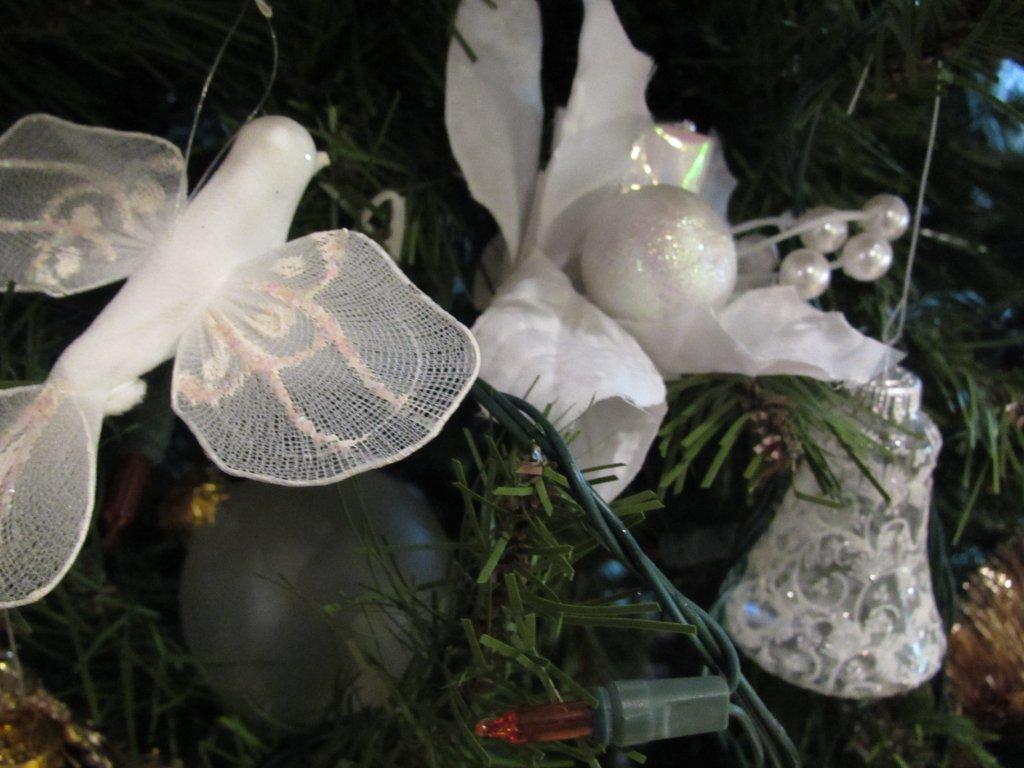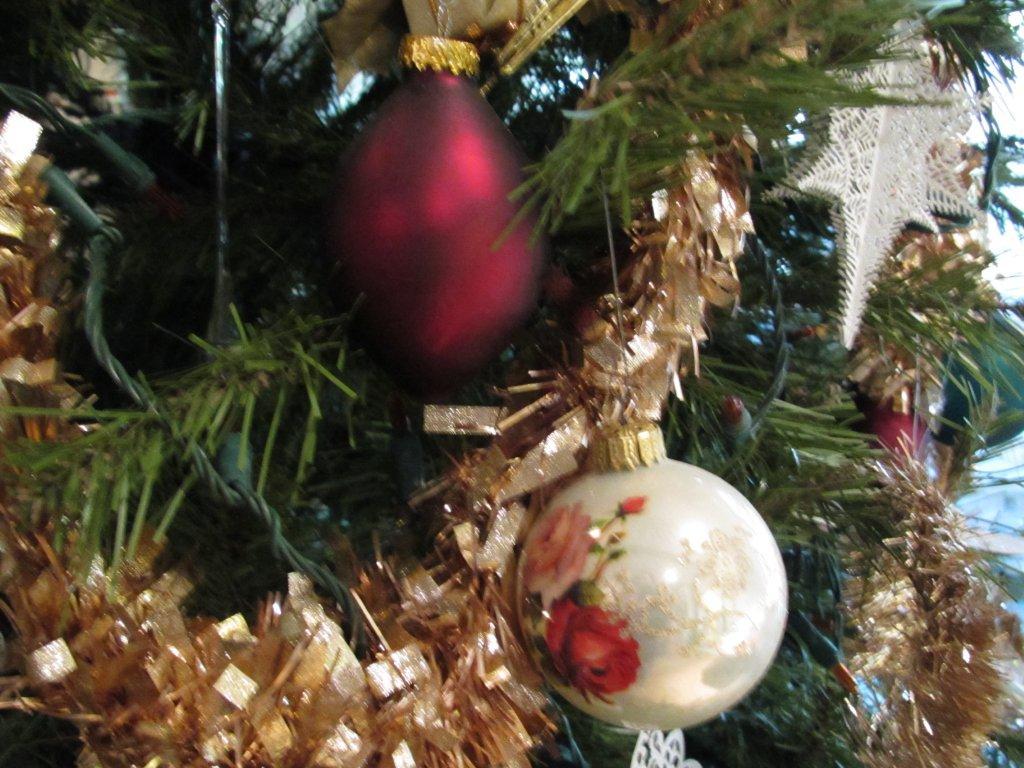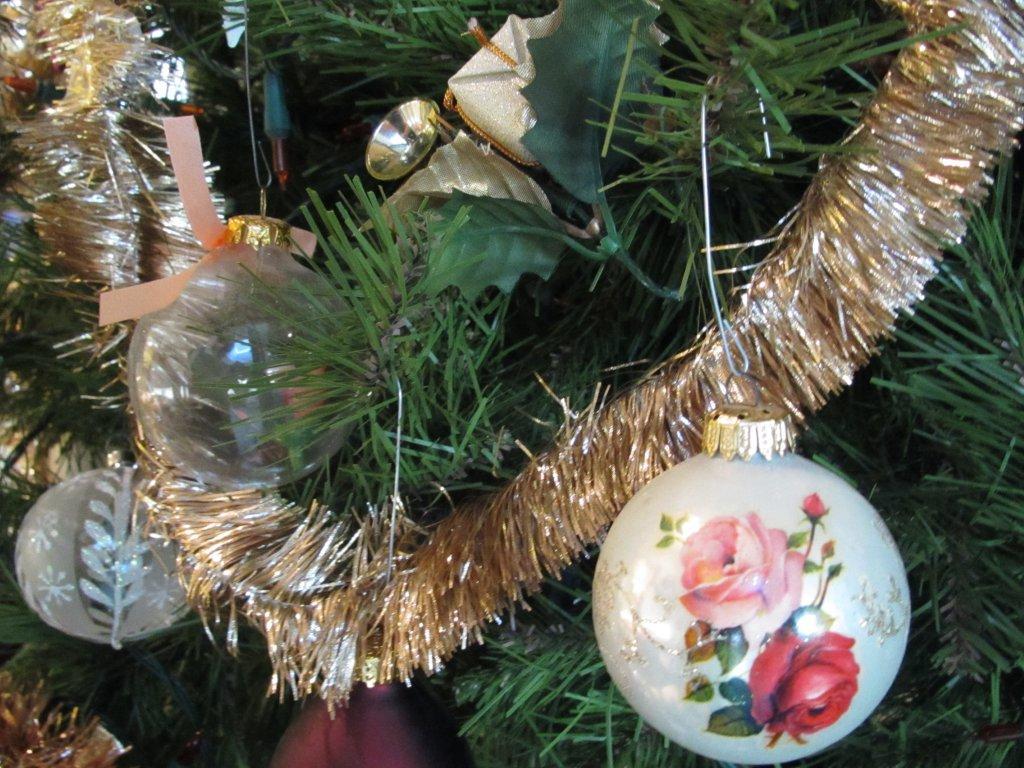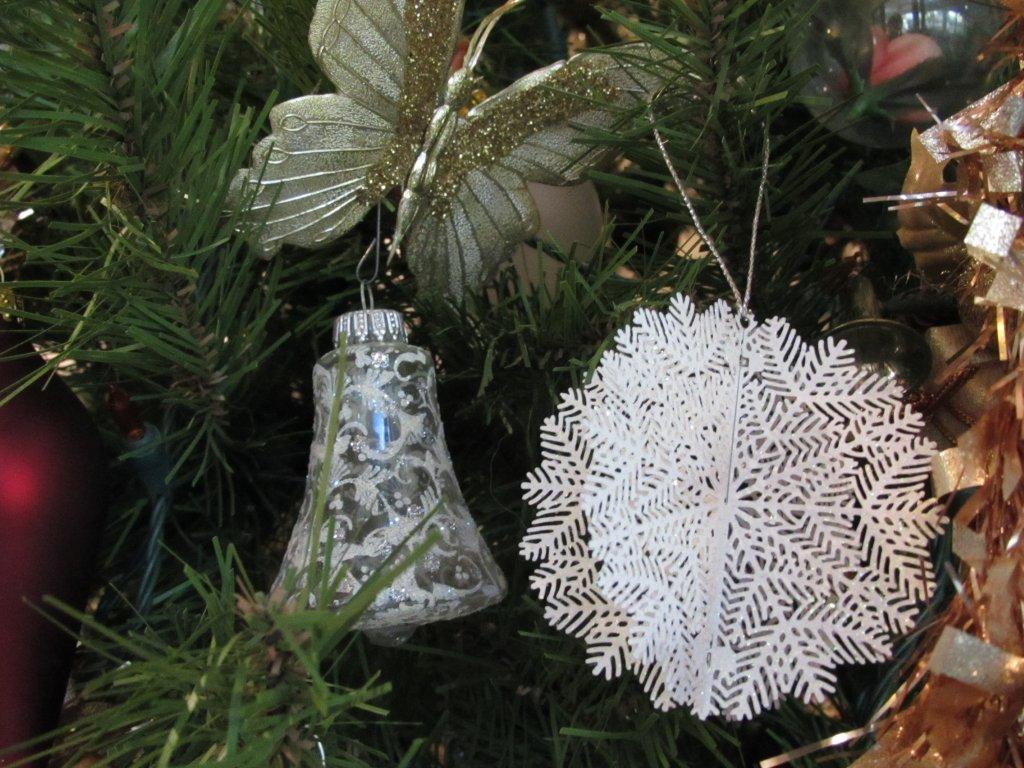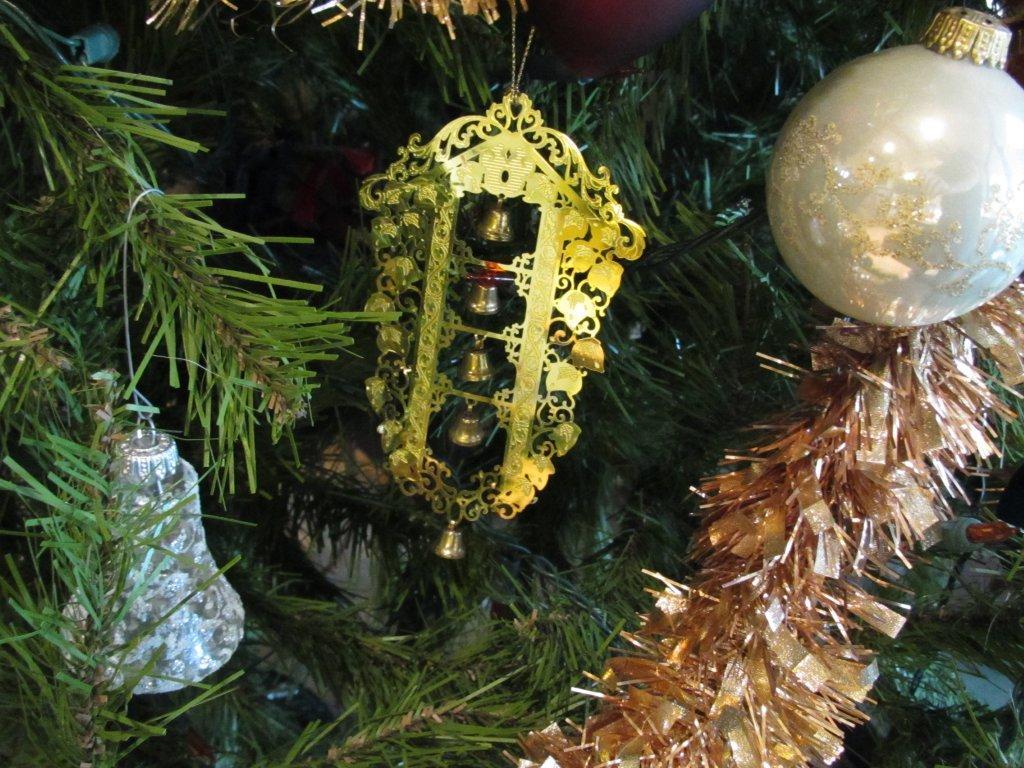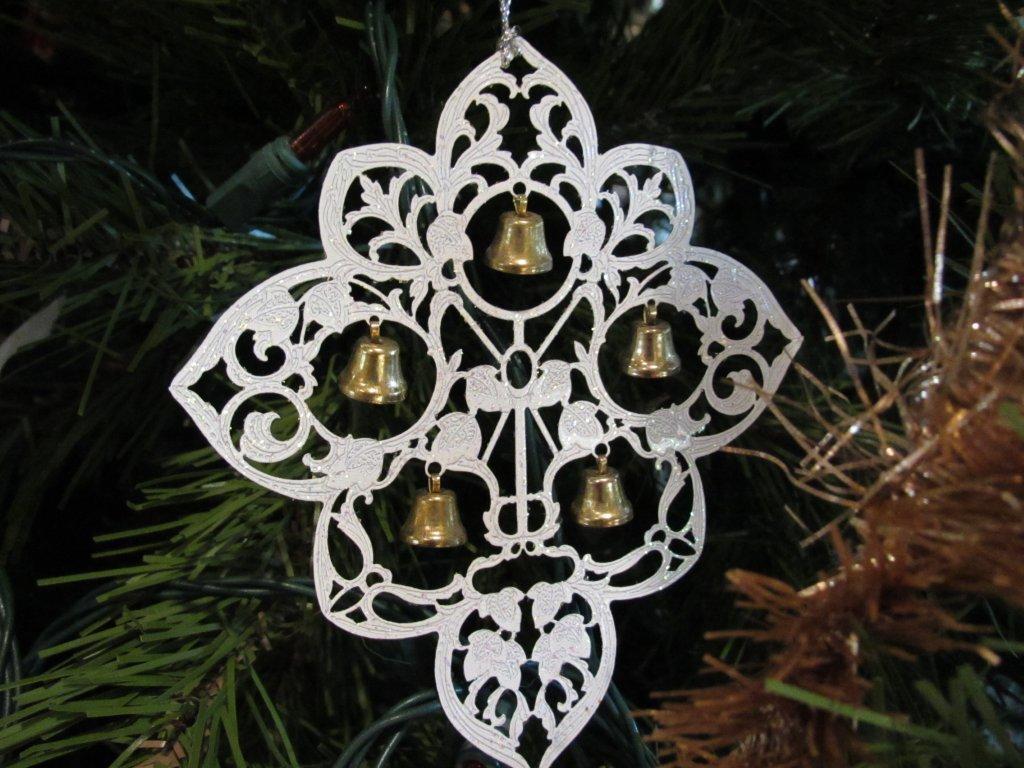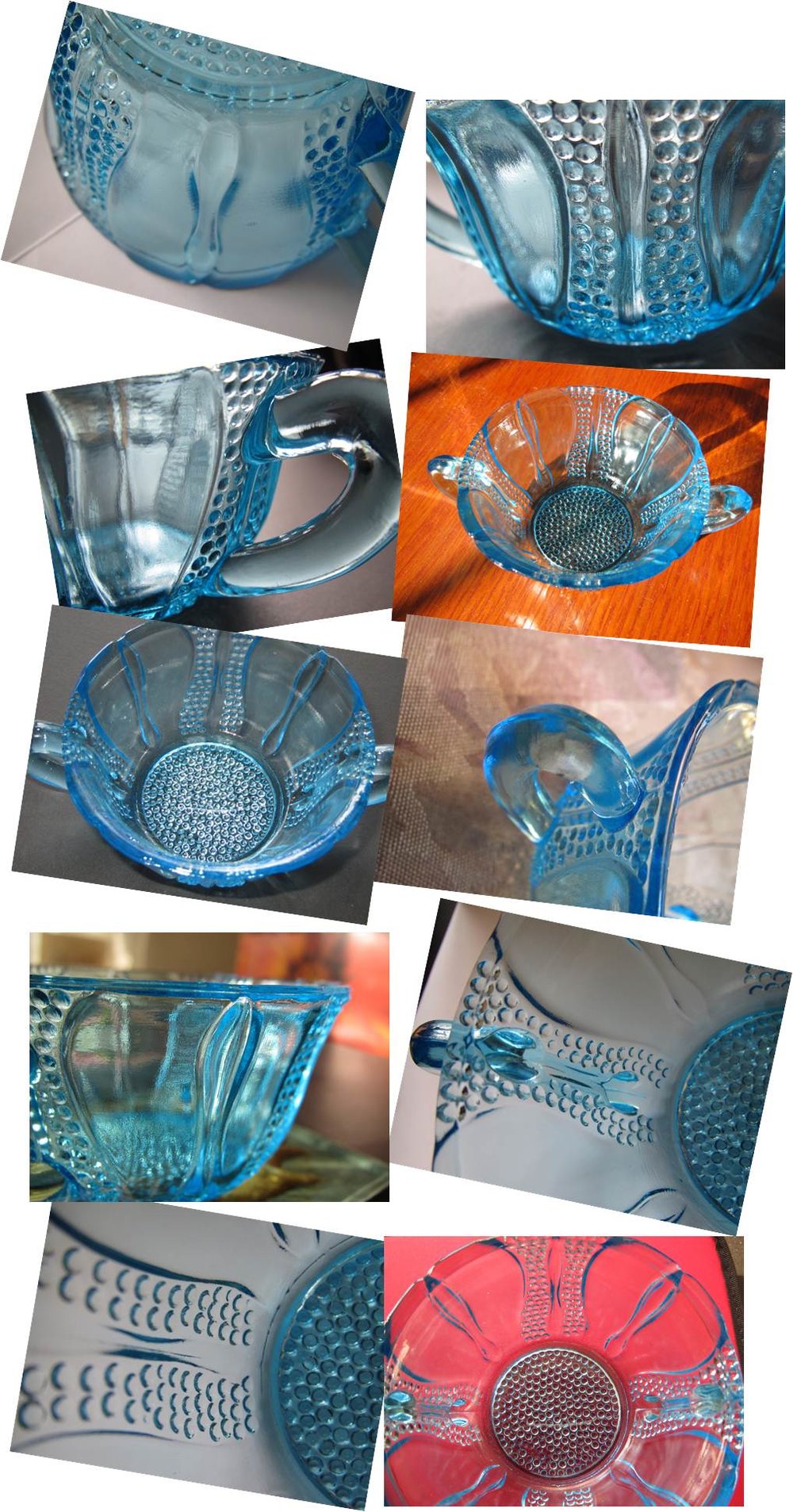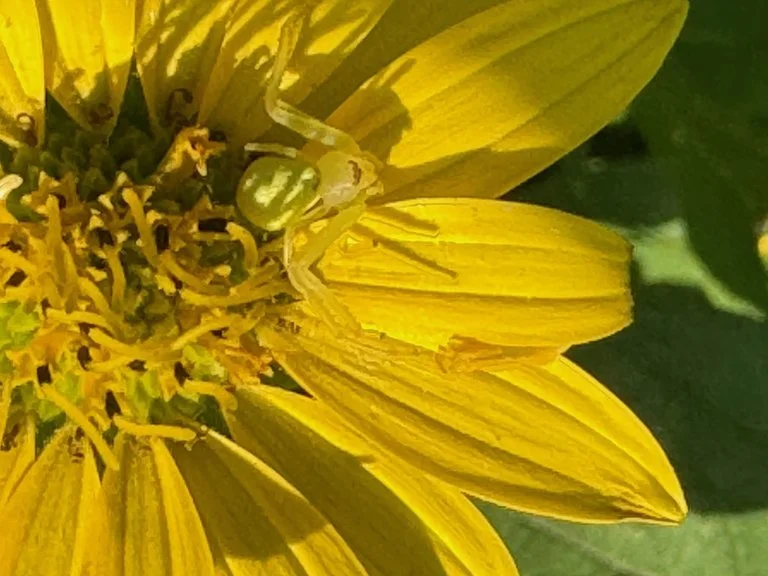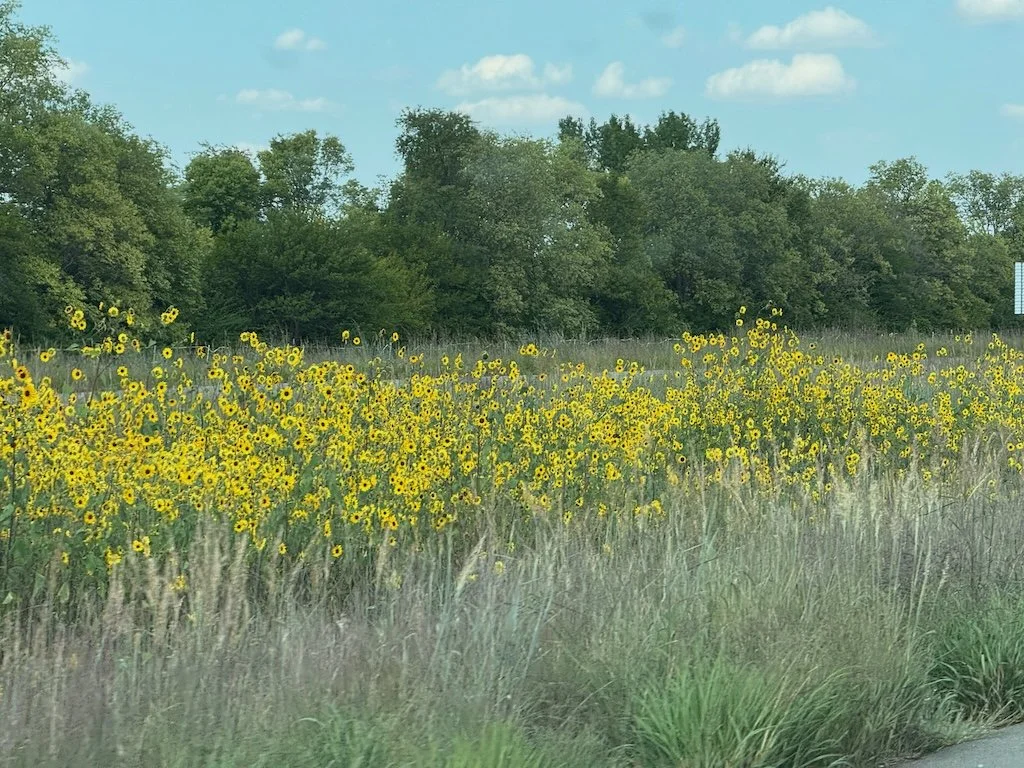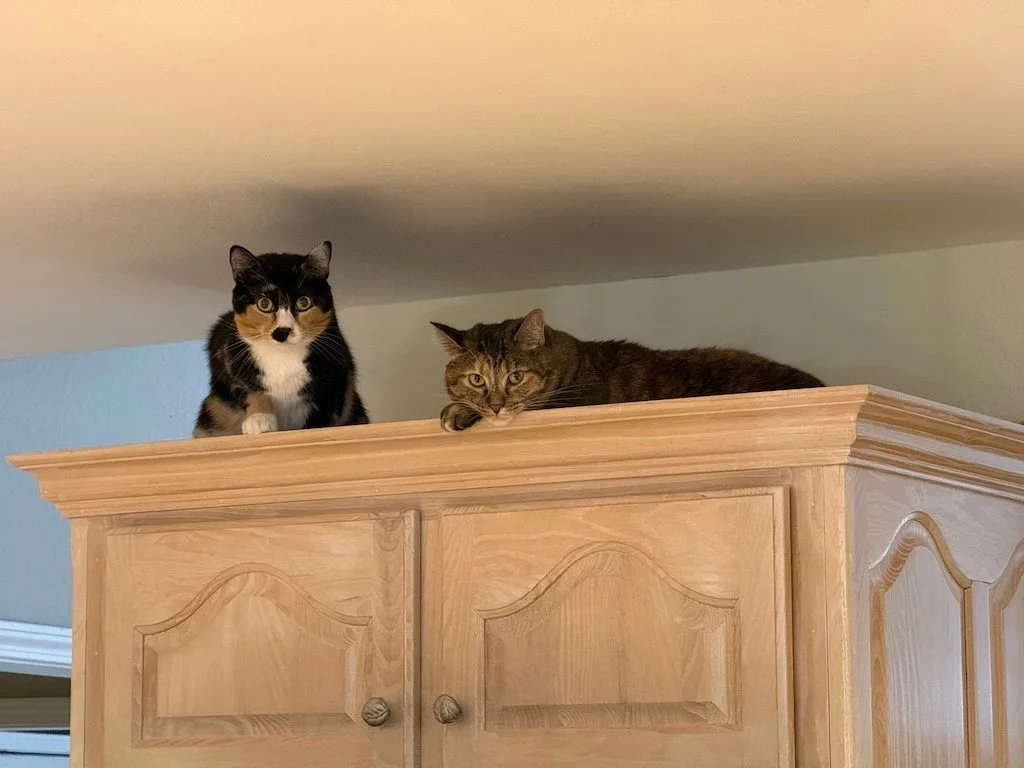Fog
/I am missing home today - having not been there at all this month (see hospital experiences blog posts). Nothing is ‘normal’ or ‘planned’ right now. It is hard to focus on more than getting through the next day or two.
My husband sent me a picture of the fog at Centennial Lake yesterday. The almost masked trees across the lake - their reflection in the water - the stones of the boat launch….I know the place well. The image evokes a bubble of calm for me. I’ll find myself looking at it frequently over the next few days when I need to fortify my emotional reserves.





